World War I is often remembered as a time of immense hardship and loss, but its true horrors go far beyond the numbers we usually hear. The war introduced new forms of violence, suffering, and destruction that redefined the way humans experienced conflict. From the brutal tactics used on the battlefield to the long-lasting effects on soldiers and civilians alike, the Great War marked a turning point in history, leaving scars that would never fully heal.
This list of 15 reasons why World War I was worse than you might have imagined offers a closer look at the devastation caused by this global conflict. It’s not just about the staggering death toll—it’s the enduring impact it had on people’s lives, the land, and even the future of warfare. By understanding the darker aspects of the war, we can better appreciate the resilience of those who lived through it and reflect on the profound lessons it left behind.
Trench Warfare Nightmare
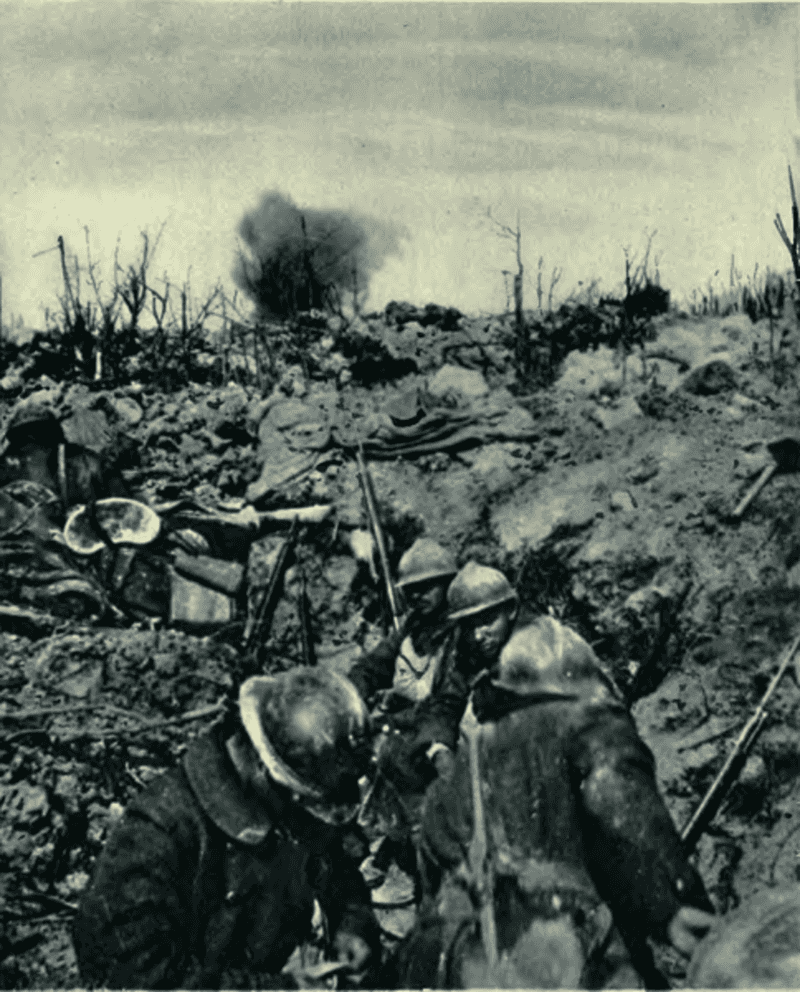
The muddy, rat-infested trenches of the Western Front became the hallmark of World War I’s brutality. Soldiers lived for months in these dire conditions, facing the constant threat of enemy fire. The trenches were breeding grounds for diseases such as trench foot and dysentery.
Life in the trenches was a combination of fear and monotony, with soldiers enduring the horrors of shelling and gas attacks. This type of warfare led to a stalemate, causing prolonged suffering and a high number of casualties.
Chemical Warfare Introduced

The introduction of chemical warfare during World War I marked a new and terrifying method of combat. Gases like chlorine and mustard gas caused agonizing deaths and long-term suffering for survivors.
These weapons were indiscriminate, affecting soldiers and civilians alike. The horrific injuries and psychological scars left by chemical attacks added a new layer of horror to the war, with gas masks becoming a symbol of the era’s fear.
The Lost Generation
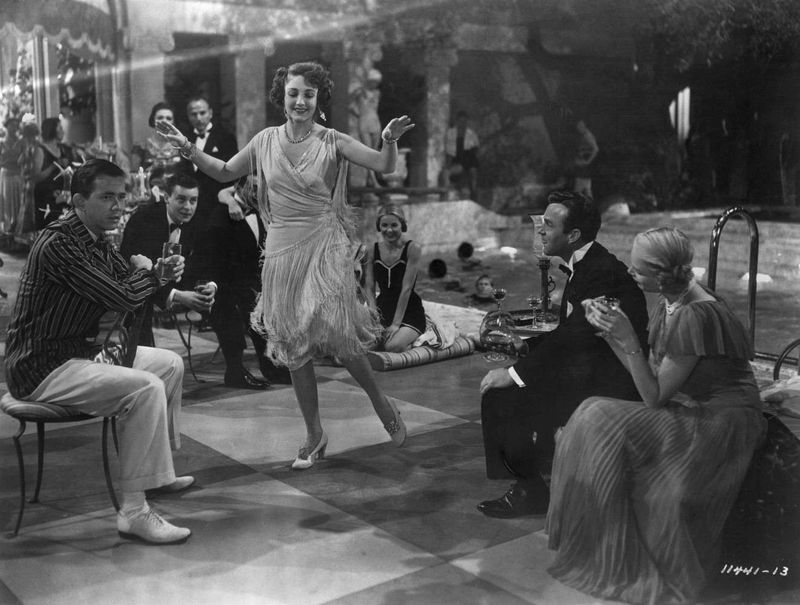
World War I decimated a generation of young men, known as the Lost Generation. Millions were killed or wounded, leaving a void in societies across Europe. The war’s massive death toll meant that many communities lost their young leaders and potential future talents.
For survivors, the psychological impact was immense, leading to what we now know as PTSD. This generation’s decimation affected demographic structures, causing long-term social and economic repercussions.
Global Flu Pandemic

As World War I was drawing to a close, the globe was hit by the 1918 flu pandemic, exacerbating the war’s human cost. The flu spread rapidly among the troops and civilian populations, killing millions more worldwide.
This pandemic was one of the deadliest in history, and its rapid spread was facilitated by the movement of soldiers. The combination of war and disease strained medical resources and caused widespread panic and despair.
Technological Warfare Advancements
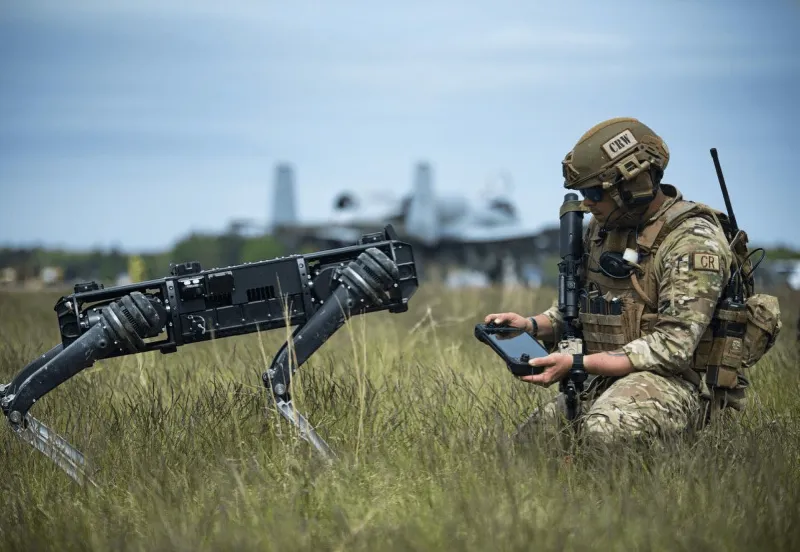
World War I saw significant advancements in military technology, introducing tanks, machine guns, and aircraft. While these innovations changed warfare forever, they also increased the scale and lethality of the conflict.
The new technology led to unprecedented levels of destruction and changed the dynamics of battlefields. The war became a grim testing ground for these inventions, which would later dominate 20th-century warfare.
Total War on Civilians
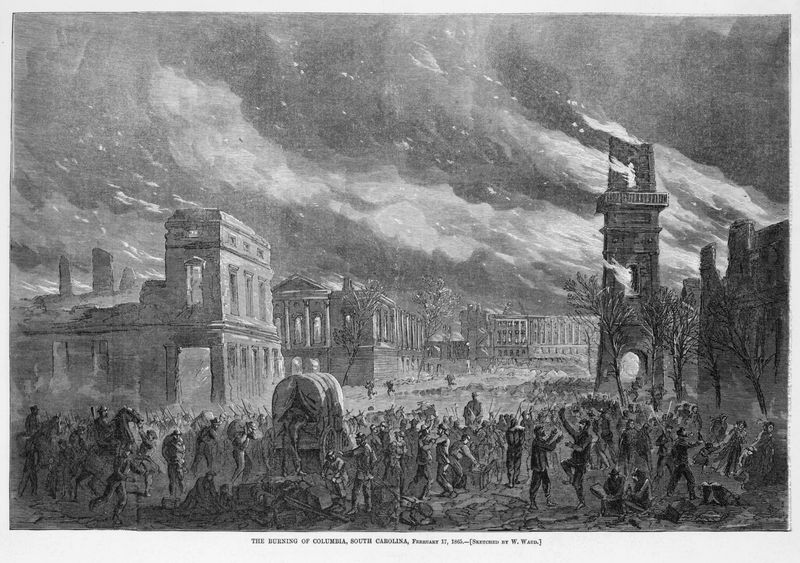
World War I expanded the concept of war to include civilians, with entire societies mobilized for the war effort. Cities were bombed, and civilians faced food shortages and economic hardship.
The war blurred the lines between combatants and non-combatants, making no place safe. This total war approach increased the suffering of those not directly involved in the fighting, leaving deep social scars.
Unresolved National Tensions
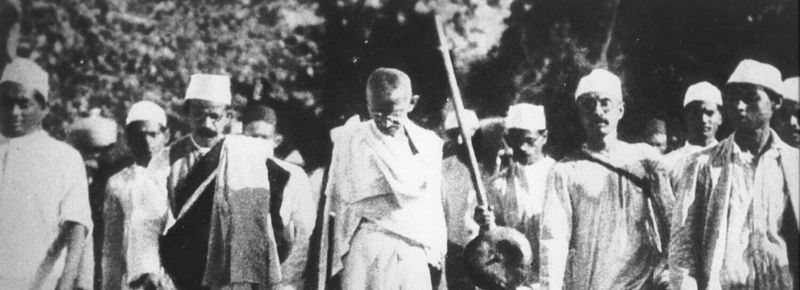
The Treaty of Versailles aimed to bring peace, but it left many national tensions unresolved. Redrawn borders and imposed reparations fueled resentment.
These tensions, particularly in Germany, planted the seeds for future conflicts, including World War II. The failure to address these issues adequately led to decades of instability in Europe.
Psychological Trauma and Shell Shock
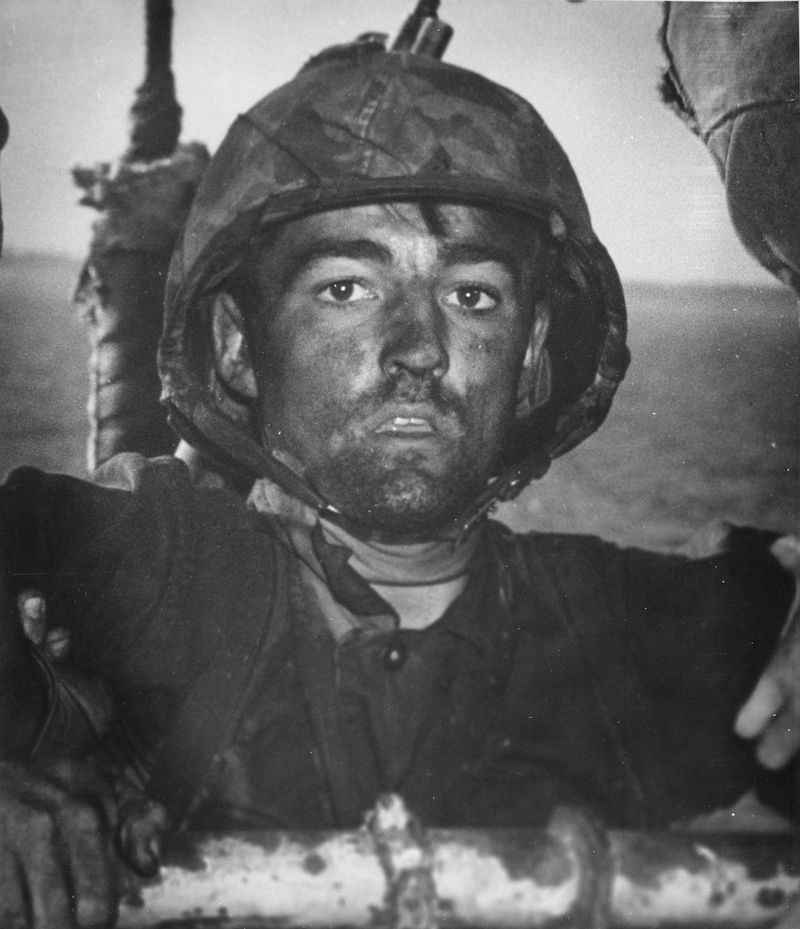
The psychological impact of World War I on soldiers was profound. Many returned home suffering from ‘shell shock,’ now understood as PTSD.
This condition was poorly understood at the time, leading to inadequate treatment and stigmatization. The trauma affected not only the soldiers but also their families, altering the fabric of post-war society.
Naval Blockades and Starvation
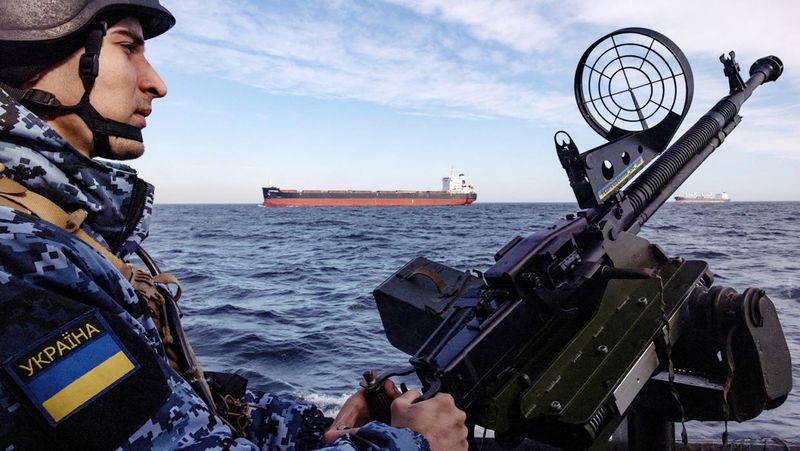
Naval blockades during World War I were strategic in cutting off supply lines, but they resulted in widespread starvation among civilian populations.
Countries like Germany faced severe food shortages, leading to malnutrition and social unrest. The suffering caused by these blockades highlighted the war’s impact beyond the battlefield, affecting millions of lives.
Colonial Troops Exploited
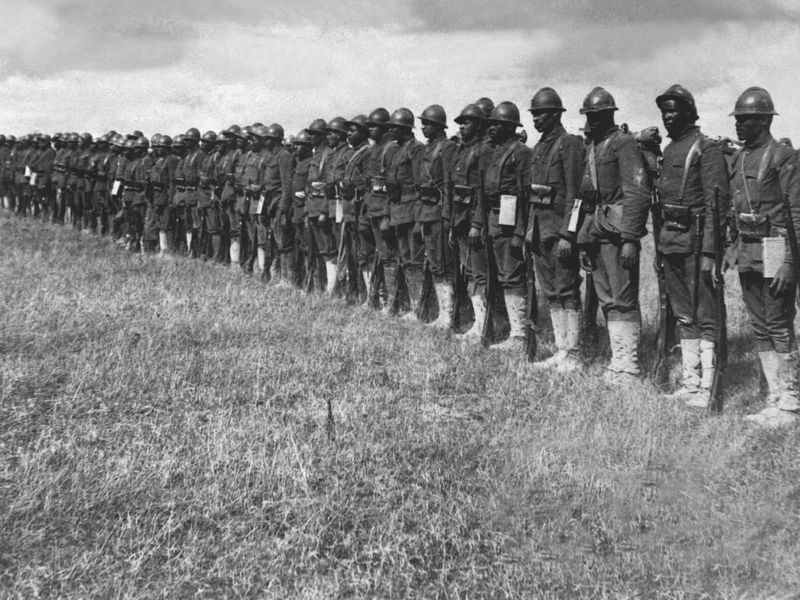
World War I saw extensive use of colonial troops, with soldiers from Africa and Asia serving in European armies. These troops were often poorly treated and faced discrimination.
Despite their significant contributions, they received little recognition or reward after the war. The exploitation of colonial soldiers highlighted the inequalities of the time and sowed the seeds for future movements towards independence and equality.
Economic Turmoil Post-War
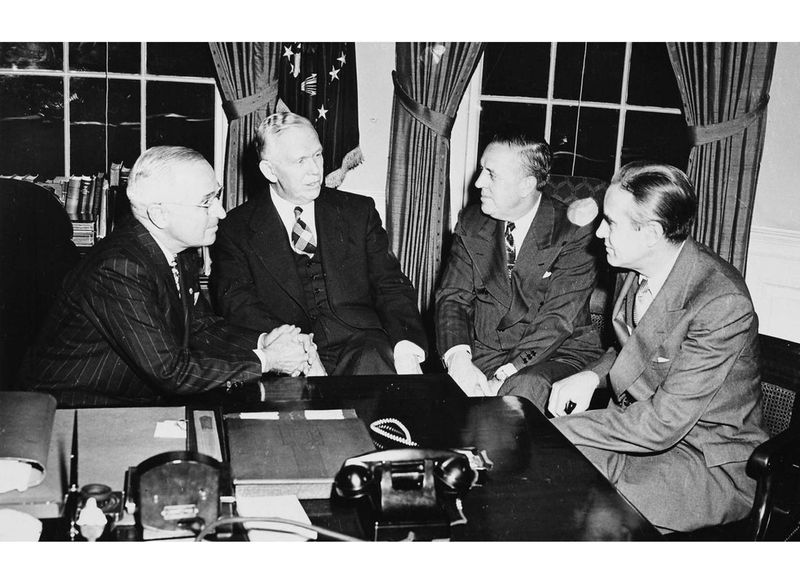
The economic impact of World War I was devastating, with many countries facing bankruptcy and inflation. The cost of the war led to economic instability that persisted throughout the 1920s.
Unemployment soared, and many veterans struggled to reintegrate into civilian life. The financial strain contributed to social unrest and set the stage for future economic crises, including the Great Depression.
Artistic and Cultural Impact
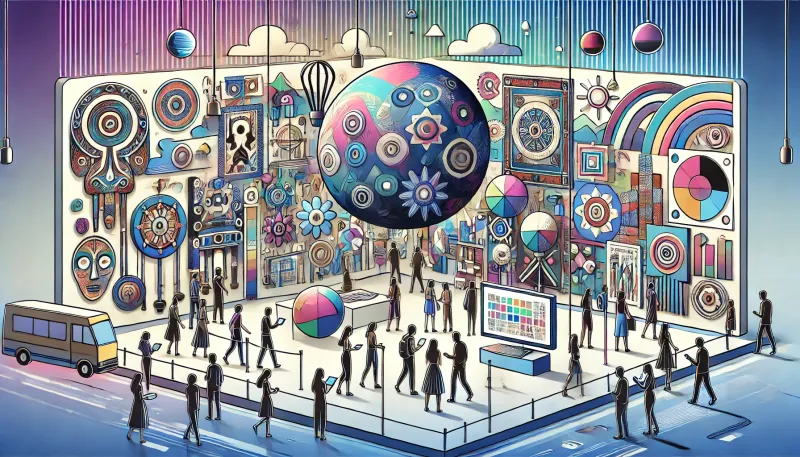
The disillusionment of World War I had a profound impact on art and culture. Artists and writers expressed their horror and cynicism, leading to movements like Dadaism and Surrealism.
This cultural shift reflected the shattered ideals and questioning of traditional values, influencing a whole generation of creators and thinkers. The war’s legacy echoed through the arts, shaping modern culture’s development.
Legacy of War Monuments
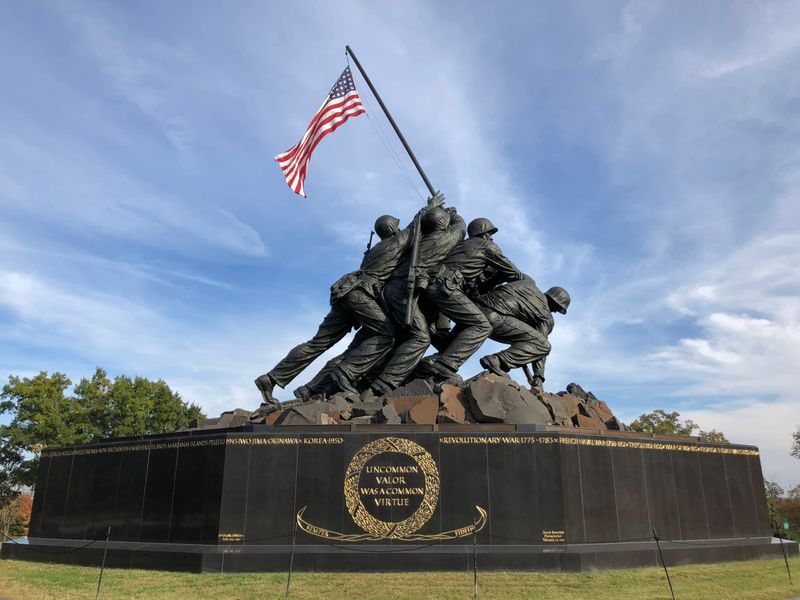
The legacy of World War I is immortalized in countless war monuments across the globe. These memorials serve as a reminder of the war’s human cost and the need for peace.
They also reflect the collective memory and national pride, honoring the sacrifices made. The enduring presence of these monuments highlights the war’s long-lasting impact on societies worldwide.
Women in the Workforce

World War I catalyzed significant changes for women, as they entered the workforce in unprecedented numbers to fill roles left by men who went to fight. Women worked in factories, on farms, and in offices, proving their essential contribution to the war effort.
This shift challenged traditional gender roles and laid the groundwork for future advancements in women’s rights. The war’s impact on gender dynamics had lasting effects on societal structures.
The Armenian Genocide
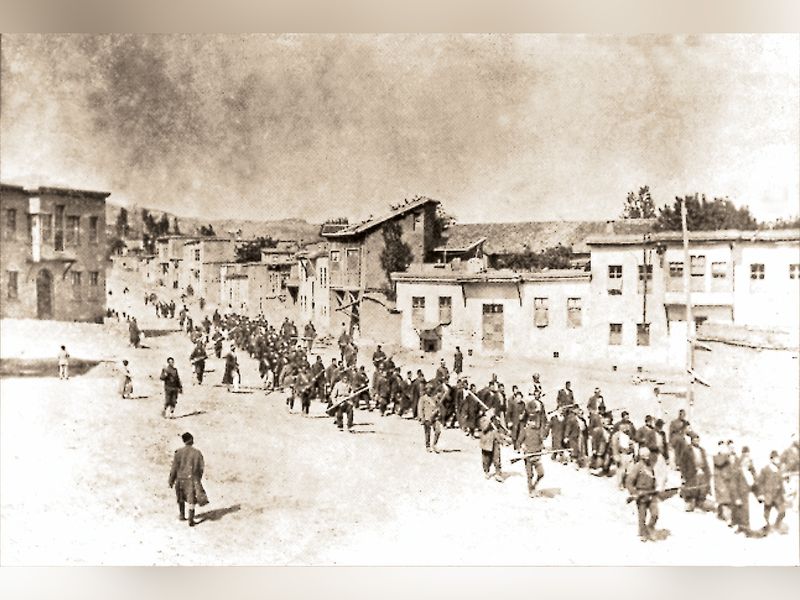
One of the darkest events during World War I was the Armenian Genocide, where the Ottoman Empire systematically exterminated 1.5 million Armenians. This atrocity is considered one of the first modern genocides.
The genocide’s horror and denial by some parties continue to affect Armenian communities worldwide. It serves as a grim reminder of the dark depths of human cruelty during times of conflict.
